Home>Home Appliances>Kitchen Appliances>How To Dehydrate Peppers Without A Dehydrator
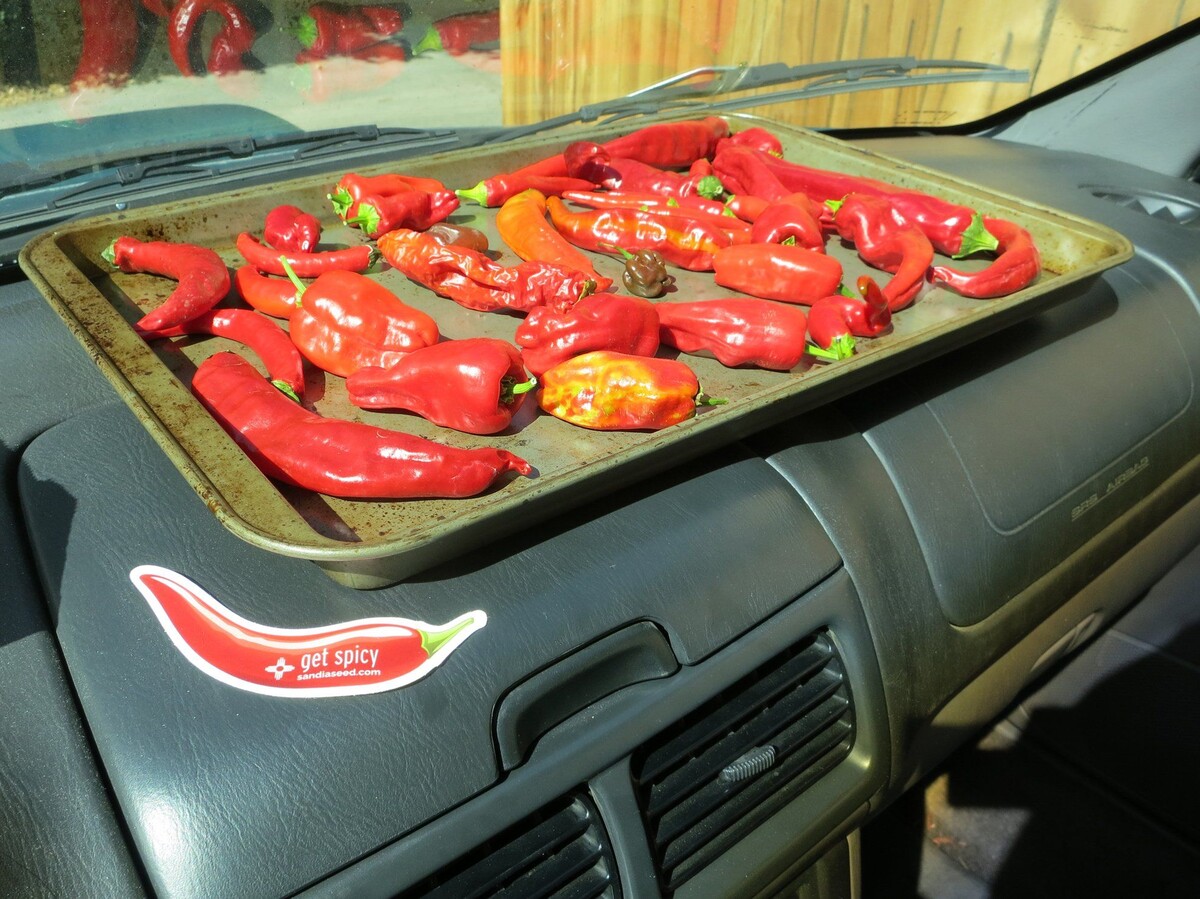

Kitchen Appliances
How To Dehydrate Peppers Without A Dehydrator
Modified: January 8, 2024
Learn how to dehydrate peppers without a dehydrator using common kitchen appliances. Save space and preserve your peppers for later use.
(Many of the links in this article redirect to a specific reviewed product. Your purchase of these products through affiliate links helps to generate commission for Storables.com, at no extra cost. Learn more)
Introduction
Dehydrating peppers is a fantastic way to preserve their flavor and nutritional value for extended periods. Whether you have a bountiful harvest from your garden or found a great deal on peppers at the market, dehydrating them allows you to enjoy their goodness all year round. While a dehydrator is often the go-to appliance for this task, not everyone has one readily available. The good news is that there are alternative methods for dehydrating peppers without a dehydrator. In this article, we will explore these methods, providing you with the knowledge and confidence to preserve your peppers using common kitchen appliances and tools. Whether you prefer the oven, air drying, or even the microwave, there's a method that will suit your needs and kitchen setup. Let's dive into the wonderful world of dehydrating peppers without a dehydrator!
Key Takeaways:
- Preserve peppers’ flavor and nutrients year-round using your oven, air drying, or microwave. Enjoy intensified taste, convenience, and reduced food waste with dehydrated peppers in various culinary applications.
- Store dehydrated peppers in airtight containers, label them, and use in soups, spice blends, and more. Embrace the creativity and resourcefulness of dehydrating peppers without a dehydrator for flavorful culinary adventures.
Why Dehydrate Peppers
Peppers are not only a versatile ingredient in cooking but also a nutritional powerhouse. They are rich in vitamins A and C, as well as antioxidants that contribute to overall health and well-being. Dehydrating peppers offers several benefits:
- Preservation: Dehydrating peppers extends their shelf life significantly, allowing you to enjoy them long after the harvest season has ended. This preservation method helps reduce food waste and ensures you always have peppers on hand for your favorite recipes.
- Intensified Flavor: Dehydrating peppers concentrates their flavor, resulting in a more robust and intense taste. Whether you enjoy the mild sweetness of bell peppers or the fiery heat of chili peppers, dehydrating enhances their natural flavors, adding depth to your dishes.
- Versatility: Once dehydrated, peppers can be used in various culinary applications. They can be ground into powders, rehydrated for use in soups and stews, or added to homemade spice blends. Their versatility makes them a valuable addition to any pantry.
- Convenience: Dehydrated peppers are lightweight and occupy minimal space, making them convenient for storage and transportation. Whether you’re stocking your pantry for the winter or planning a camping trip, dehydrated peppers are easy to pack and use whenever needed.
Whether you’re a cooking enthusiast, a health-conscious individual, or someone who loves to experiment with flavors, dehydrating peppers opens up a world of culinary possibilities. By preserving their nutritional value and enhancing their taste, dehydrated peppers can elevate your dishes and simplify your meal preparation. Now that we understand the benefits of dehydrating peppers, let’s explore the methods for achieving this without a dehydrator.
Methods for Dehydrating Peppers Without a Dehydrator
While a dehydrator is a convenient appliance for preserving peppers, there are alternative methods that yield excellent results. Whether you prefer the traditional approach of air drying or the efficiency of using your oven or microwave, each method offers a unique way to dehydrate peppers without a dehydrator.
Before we delve into the specific methods, it’s important to note that regardless of the technique you choose, the key to successful pepper dehydration lies in proper preparation and patience. Here are the three primary methods for dehydrating peppers without a dehydrator:
- Oven Method: This method involves using your oven to gently remove moisture from the peppers, resulting in evenly dried pieces that are ready for storage and future use.
- Air Drying Method: Air drying is a traditional and straightforward approach to dehydrating peppers. By harnessing the power of air circulation and low humidity, peppers can be naturally dried to perfection.
- Microwave Method: The microwave method offers a quick and efficient way to dehydrate peppers, making it an appealing option for those seeking expedited results without compromising quality.
Each method has its unique advantages, and the choice ultimately depends on your available resources, time constraints, and personal preferences. Now, let’s explore each method in detail, providing you with the knowledge and confidence to embark on your pepper dehydration journey.
Oven Method
The oven method for dehydrating peppers is a popular and effective technique that harnesses the gentle heat of your oven to remove moisture from the peppers. Here’s a step-by-step guide to dehydrating peppers using your oven:
- Preparation: Start by selecting fresh, firm peppers. Wash them thoroughly and pat them dry with a clean kitchen towel. Next, carefully slice the peppers into uniform pieces, ensuring they are of similar thickness to promote even drying.
- Preheat the Oven: Preheat your oven to the lowest setting, typically around 140-150°F (60-65°C). This low temperature is ideal for gently dehydrating the peppers without cooking them.
- Arrange the Peppers: Place the prepared pepper slices in a single layer on a baking sheet. It’s important to ensure that there is ample space between the pieces to allow for proper air circulation, promoting even drying.
- Monitor the Drying Process: Place the baking sheet in the preheated oven and allow the peppers to dry for several hours, typically 6-8 hours. Keep a close eye on the peppers and periodically check for dryness. The peppers are ready when they are leathery and brittle to the touch.
- Cooling and Storage: Once the peppers are adequately dehydrated, remove them from the oven and allow them to cool completely. Once cooled, transfer the dried peppers to airtight containers or resealable bags for storage. Store them in a cool, dark place to maintain their quality.
The oven method offers a convenient and efficient way to dehydrate peppers, allowing you to preserve their flavor and nutritional benefits for future use. Whether you’re preparing a batch of sweet bell peppers or fiery chili peppers, the oven method can be adapted to suit your preferences and culinary needs. With proper preparation and attentive monitoring, you can successfully dehydrate peppers using your oven, ensuring a readily available supply of this versatile ingredient in your kitchen.
Spread the peppers in a single layer on a baking sheet and place them in the oven at the lowest temperature (usually around 170°F) for 6-8 hours, or until they are completely dried. Keep the oven door slightly ajar to allow moisture to escape.
Air Drying Method
The air drying method is a traditional and straightforward approach to dehydrating peppers without the need for special equipment. By harnessing the natural elements of air circulation and low humidity, you can achieve perfectly dehydrated peppers with minimal effort. Here’s how to dehydrate peppers using the air drying method:
- Preparation: Begin by selecting fresh, firm peppers and washing them thoroughly. Pat the peppers dry with a clean kitchen towel. Next, carefully slice the peppers into uniform pieces, ensuring consistent thickness to facilitate even drying.
- Air Circulation: Choose a well-ventilated area with low humidity for the drying process. A dry, airy location, such as a sunny spot indoors or outdoors, is ideal for air drying peppers. You can use a wire rack or mesh screen to lay out the pepper slices, allowing for adequate air circulation around each piece.
- Patience and Monitoring: Place the prepared pepper slices in a single layer on the chosen drying surface. Allow the peppers to air dry for several days, typically 5-7 days, depending on environmental conditions. Regularly check the peppers for dryness, ensuring they are free from moisture and have a leathery texture.
- Storage: Once the peppers are thoroughly dehydrated, store them in airtight containers or resealable bags. It’s important to keep the dehydrated peppers in a cool, dark place to maintain their quality and flavor for future use.
The air drying method offers a simple and natural way to dehydrate peppers, making it accessible to anyone seeking to preserve this versatile ingredient. Whether you’re air drying sweet bell peppers or pungent jalapeños, this method allows you to enjoy the flavors and nutritional benefits of peppers throughout the year. With patience and attentiveness, you can successfully air dry peppers, adding a touch of homemade goodness to your culinary creations.
Read more: How To Dehydrate Eggs Without A Dehydrator
Microwave Method
The microwave method offers a quick and efficient way to dehydrate peppers, making it an appealing option for those seeking expedited results without compromising quality. Here’s a step-by-step guide to dehydrating peppers using your microwave:
- Preparation: Start by selecting fresh, firm peppers and washing them thoroughly. Pat the peppers dry with a clean kitchen towel. Carefully slice the peppers into uniform pieces, ensuring consistent thickness to facilitate even drying.
- Arrangement: Place the prepared pepper slices on a microwave-safe plate, ensuring they are arranged in a single layer without overlapping. It’s important to provide ample space between the slices to facilitate even drying.
- Microwaving: Set the microwave to its lowest power setting, typically around 30% power, to gently dehydrate the peppers. Microwave the peppers in intervals, such as 2-3 minutes at a time, checking for dryness between each interval. The drying time may vary based on the wattage of your microwave and the thickness of the pepper slices.
- Monitoring and Testing: Periodically check the peppers for dryness by touching them to assess their texture. The peppers are ready when they have a leathery consistency and are free from moisture.
- Cooling and Storage: Once the peppers are adequately dehydrated, allow them to cool completely before transferring them to airtight containers or resealable bags for storage. Store the dehydrated peppers in a cool, dark place to maintain their quality and flavor.
The microwave method provides a convenient and time-efficient way to dehydrate peppers, allowing you to enjoy the benefits of this preservation technique without the need for specialized equipment. Whether you’re preparing a small batch of peppers for immediate use or experimenting with different varieties, the microwave method offers flexibility and quick results. With proper attention and careful monitoring, you can successfully dehydrate peppers using your microwave, adding a touch of homemade goodness to your culinary endeavors.
Storage and Usage Tips
Proper storage and thoughtful usage are essential for maintaining the quality and flavor of dehydrated peppers. Whether you’ve dehydrated a surplus of peppers from your garden or embarked on a culinary experiment, these storage and usage tips will ensure that your dehydrated peppers remain in optimal condition:
- Airtight Containers: Store dehydrated peppers in airtight containers or resealable bags to protect them from moisture and air. Properly sealed containers help preserve the peppers’ flavor and prevent them from reabsorbing moisture, which can lead to spoilage.
- Cool, Dark Location: Store dehydrated peppers in a cool, dark place, such as a pantry or cupboard. Exposure to light and heat can compromise the quality of the peppers, so it’s important to choose a suitable storage location away from direct sunlight and high temperatures.
- Labeling and Date: Label the containers or bags with the type of peppers and the date of dehydration. This practice helps you identify the contents and track their freshness, ensuring that you use the oldest peppers first to maintain optimal flavor and quality.
- Rehydration Techniques: To rehydrate dehydrated peppers for use in recipes, simply soak them in warm water for approximately 20-30 minutes, or add them directly to soups, stews, and sauces during cooking. Rehydrated peppers regain their plumpness and flavor, enhancing the dishes with their vibrant taste.
- Homemade Spice Blends: Grind dehydrated peppers into powders using a spice grinder or mortar and pestle. These flavorful powders can be used to create custom spice blends, adding a punch of heat and complexity to your favorite dishes.
- Culinary Applications: Incorporate dehydrated peppers into a variety of dishes, including salsas, marinades, rubs, and condiments. Their concentrated flavor and versatility make them a valuable addition to your culinary repertoire.
By following these storage and usage tips, you can prolong the shelf life of your dehydrated peppers and maximize their culinary potential. Whether you’re preserving a specific pepper variety for future use or experimenting with homemade spice blends, proper storage and thoughtful usage ensure that your dehydrated peppers remain a flavorful and versatile ingredient in your kitchen.
Conclusion
Dehydrating peppers without a dehydrator opens up a world of culinary possibilities, allowing you to preserve their flavor, nutritional benefits, and versatility for year-round enjoyment. Whether you opt for the gentle heat of the oven, the natural air drying method, or the expedited results of the microwave, each technique offers a unique approach to dehydrating peppers without specialized equipment.
By carefully preparing the peppers and attentively monitoring the drying process, you can successfully preserve this vibrant ingredient, adding a touch of homemade goodness to your culinary creations. The dehydrated peppers can be stored in airtight containers, ready to be rehydrated, ground into powders, or incorporated into an array of dishes to elevate their flavor profile.
Whether you’re a cooking enthusiast, a home gardener, or someone looking to reduce food waste, the art of dehydrating peppers without a dehydrator empowers you to savor the essence of peppers in various forms throughout the year. From adding a kick of heat to your favorite recipes to creating custom spice blends, dehydrated peppers are a valuable addition to any kitchen pantry.
As you embark on your pepper dehydration journey, remember to savor the process and embrace the creativity it inspires. Whether you’re air drying a medley of peppers or carefully monitoring their progress in the oven, the act of preserving this vibrant ingredient is a celebration of flavor, versatility, and resourcefulness.
So, the next time you encounter an abundance of fresh peppers, consider the art of dehydrating them without a dehydrator. With the knowledge and confidence gained from this article, you’re equipped to embark on a flavorful and fulfilling culinary adventure, ensuring that the essence of peppers enriches your kitchen and dining experiences for years to come.
Frequently Asked Questions about How To Dehydrate Peppers Without A Dehydrator
Was this page helpful?
At Storables.com, we guarantee accurate and reliable information. Our content, validated by Expert Board Contributors, is crafted following stringent Editorial Policies. We're committed to providing you with well-researched, expert-backed insights for all your informational needs.
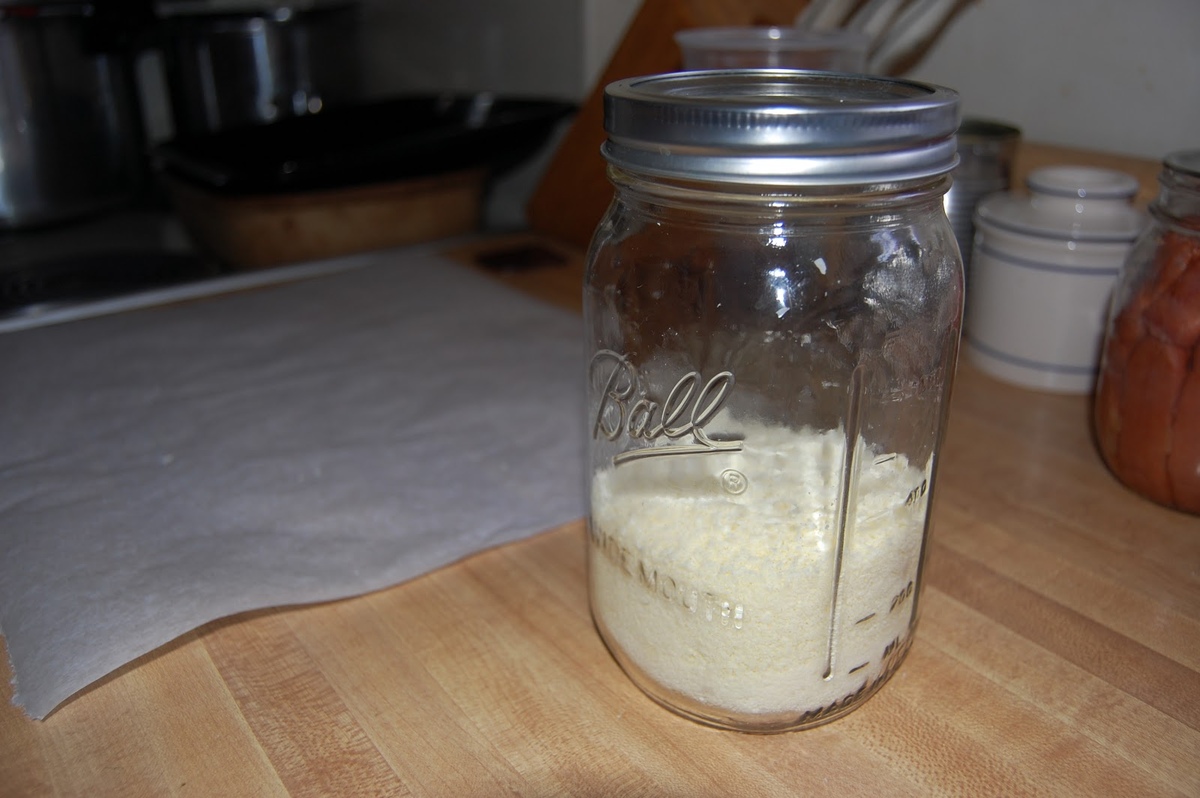
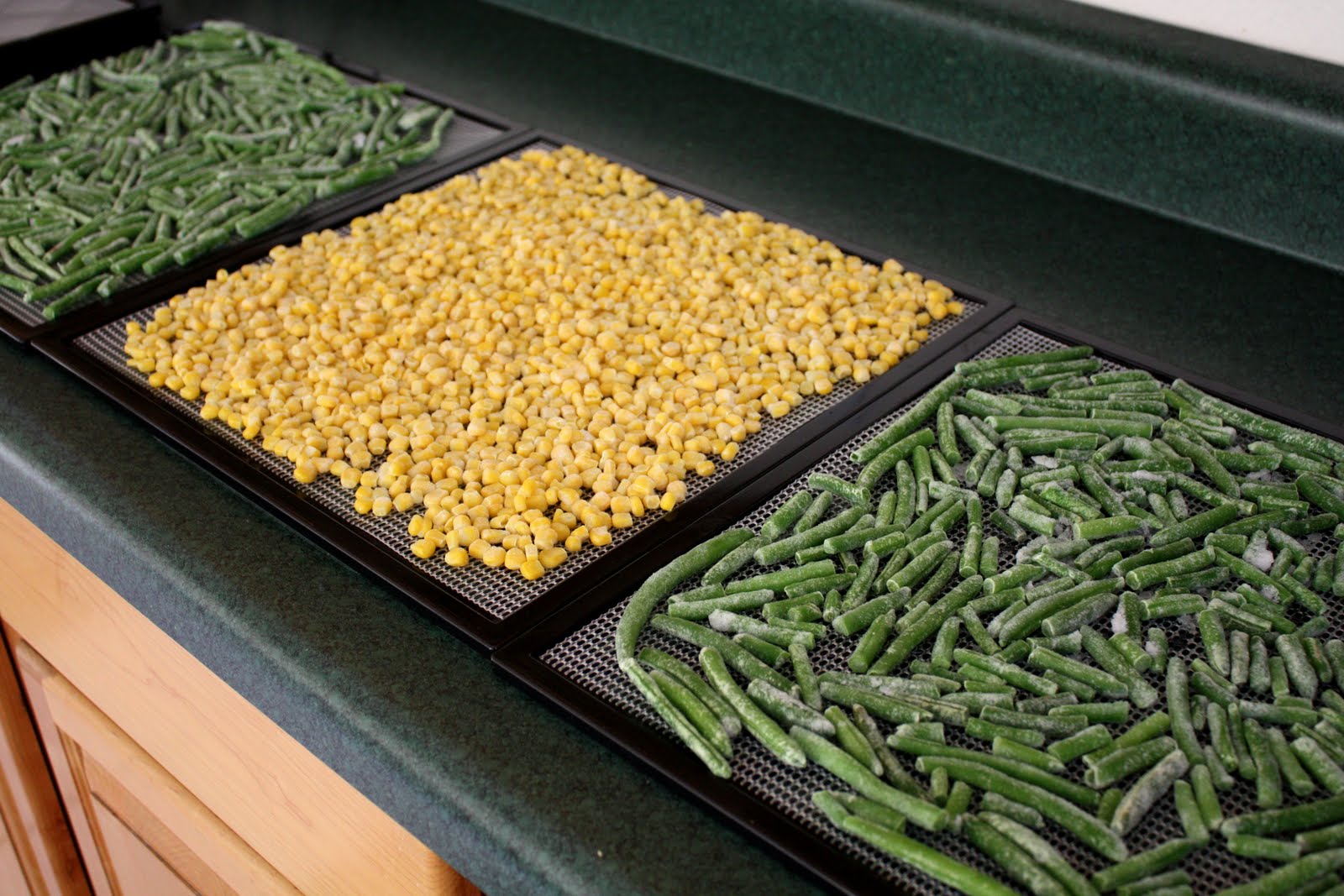
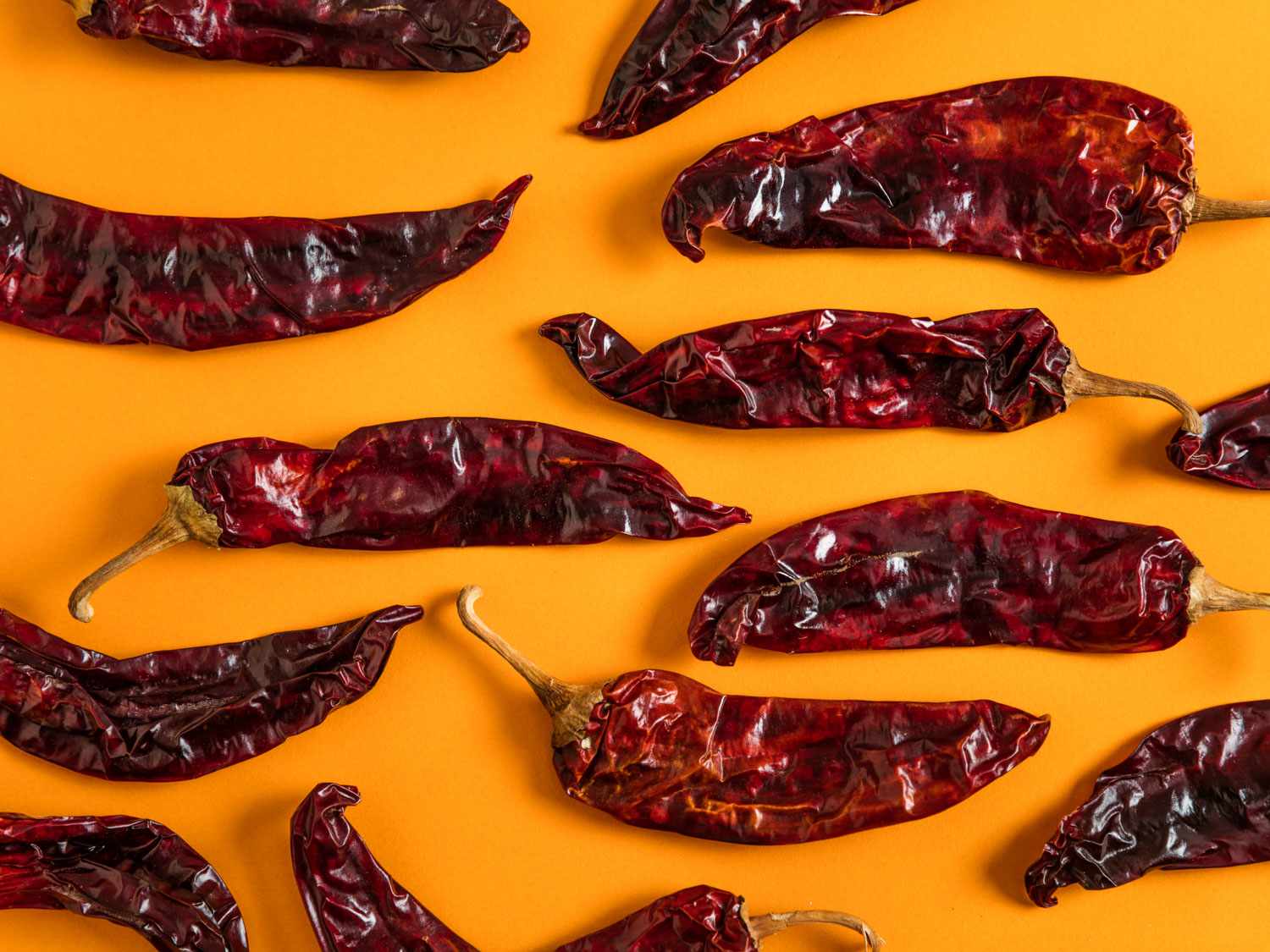
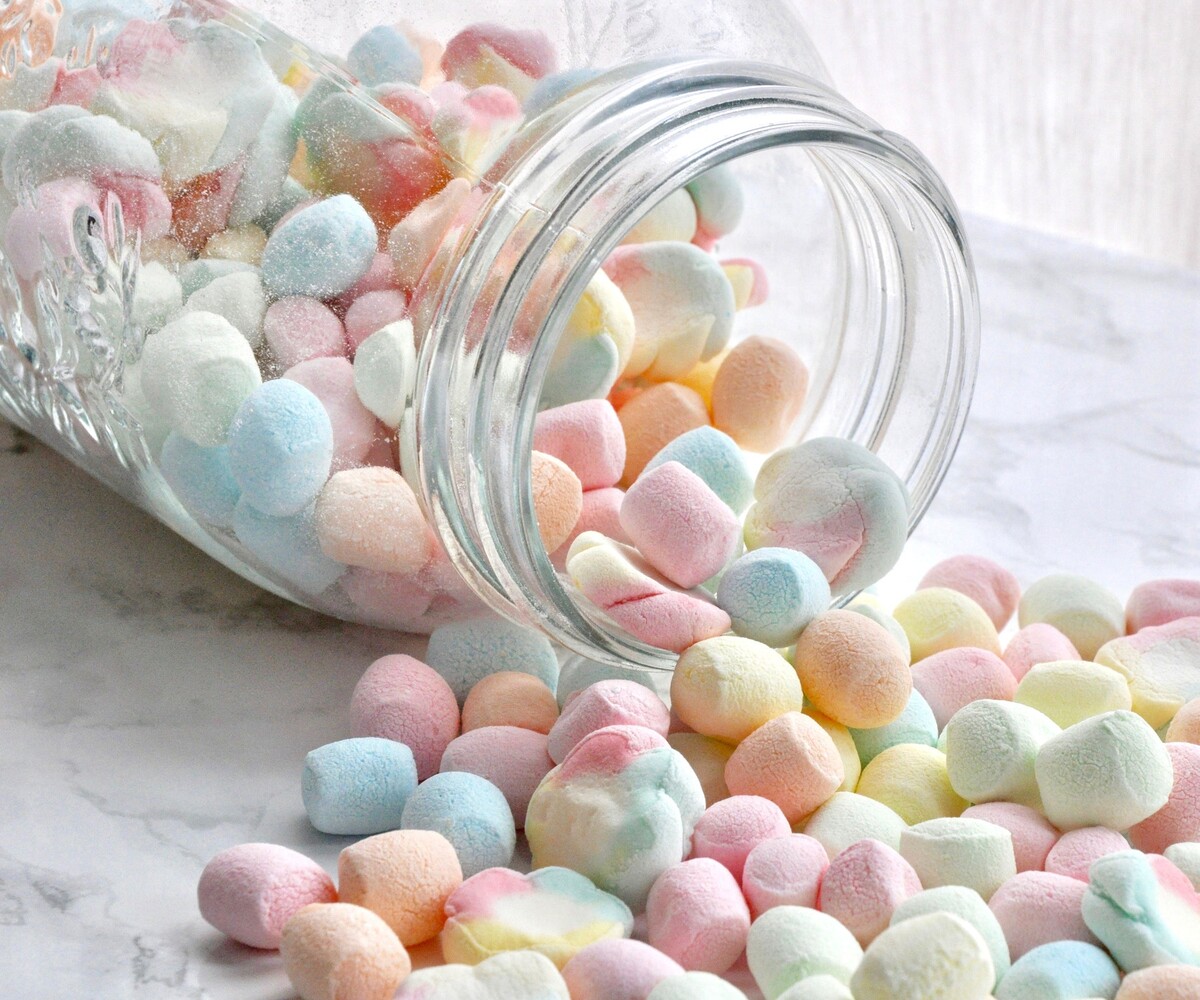
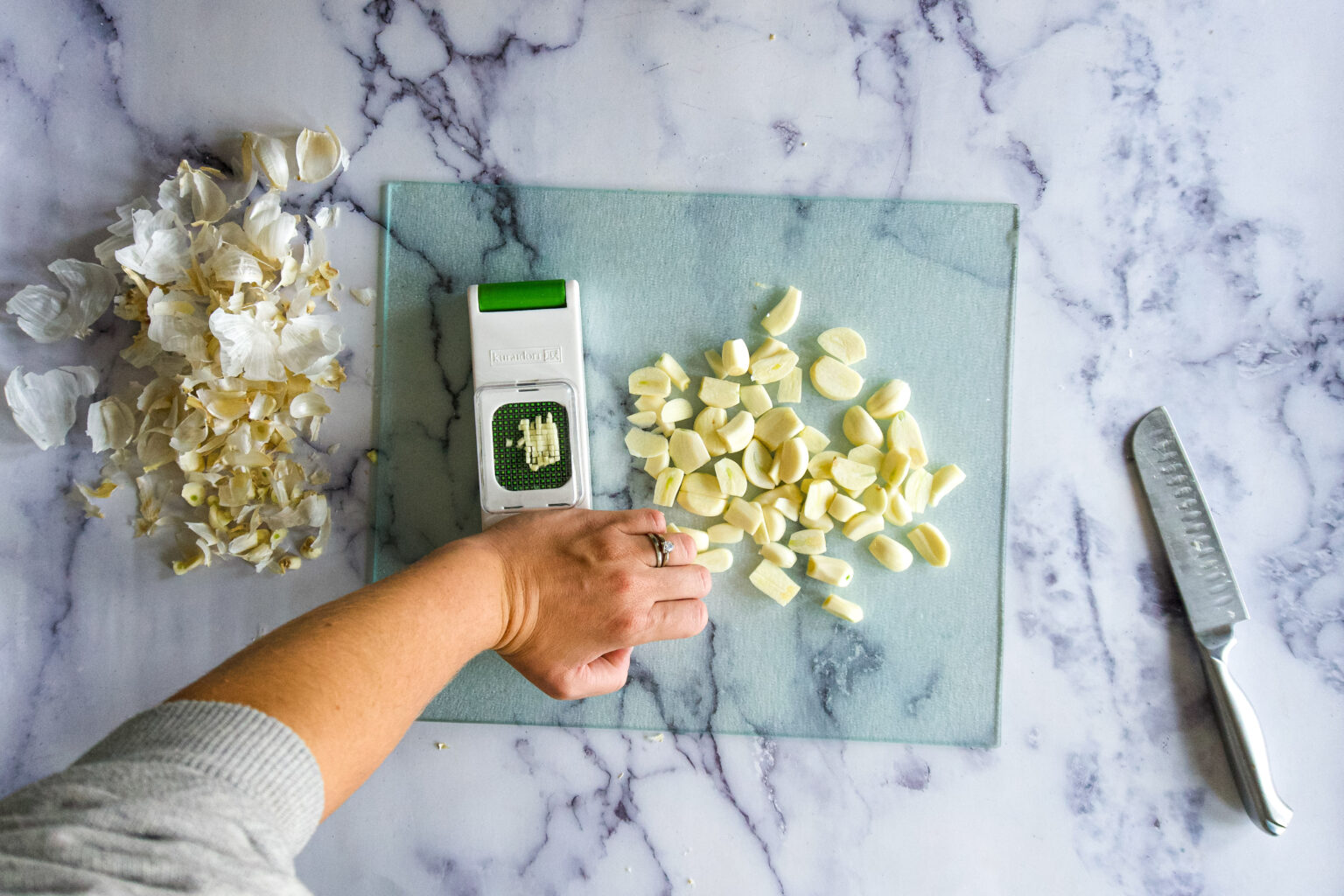
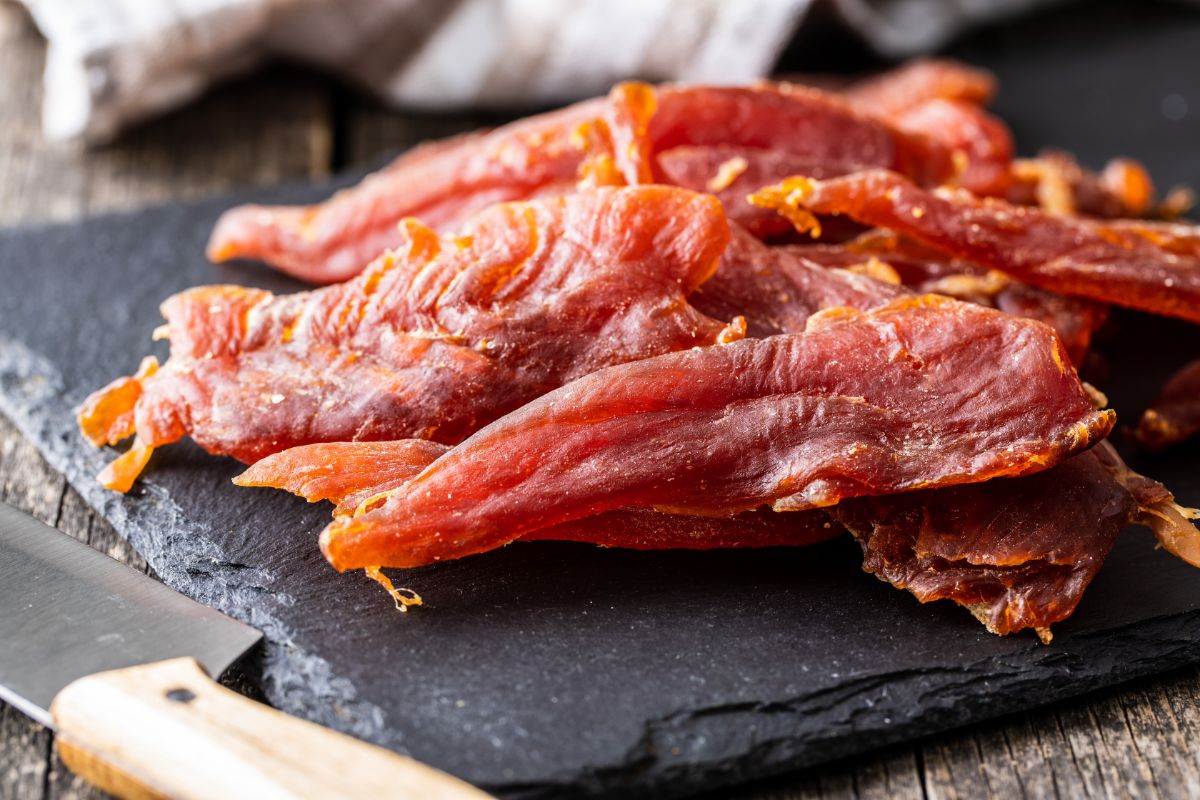
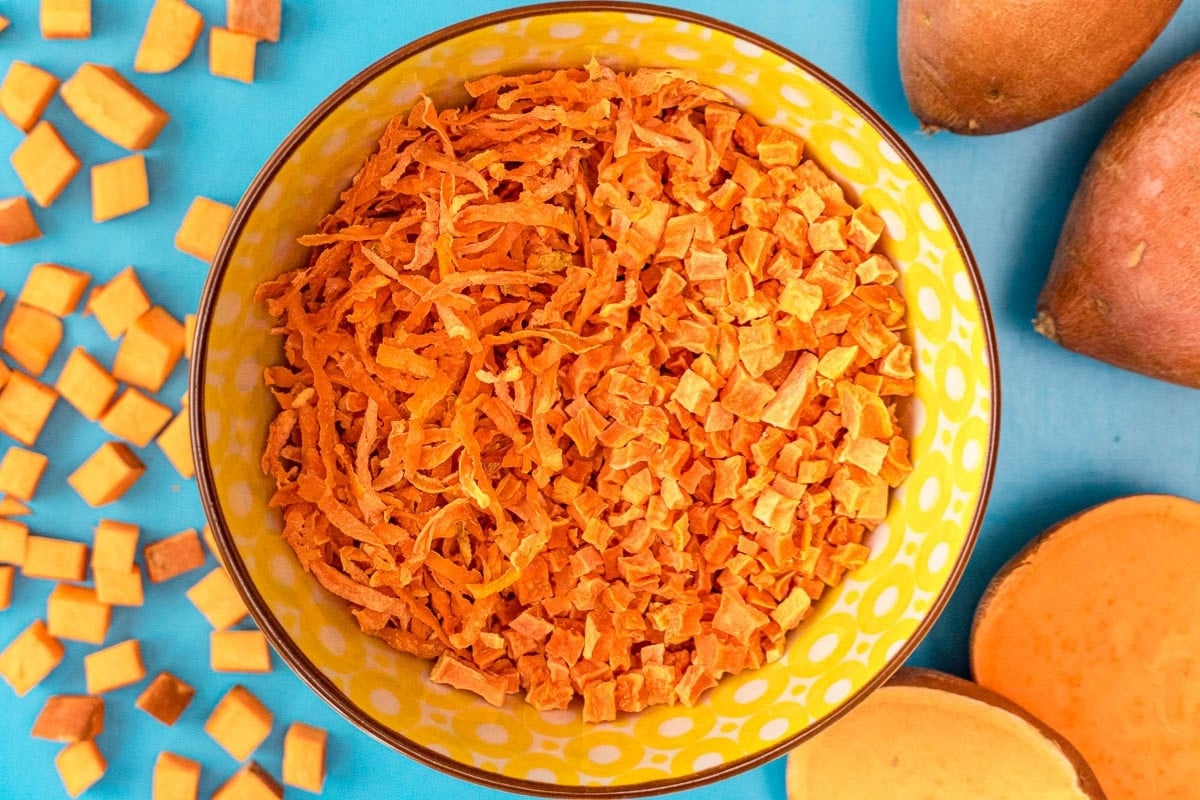
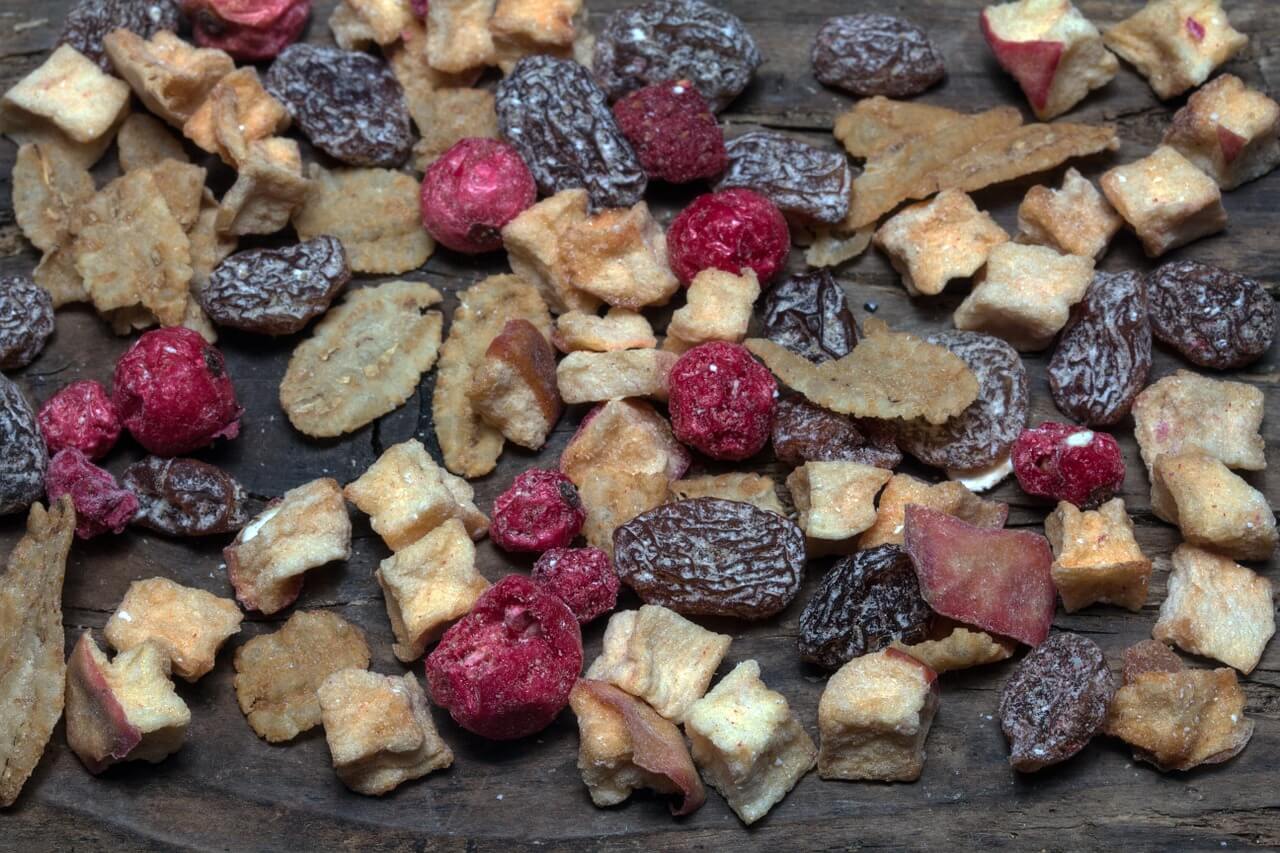
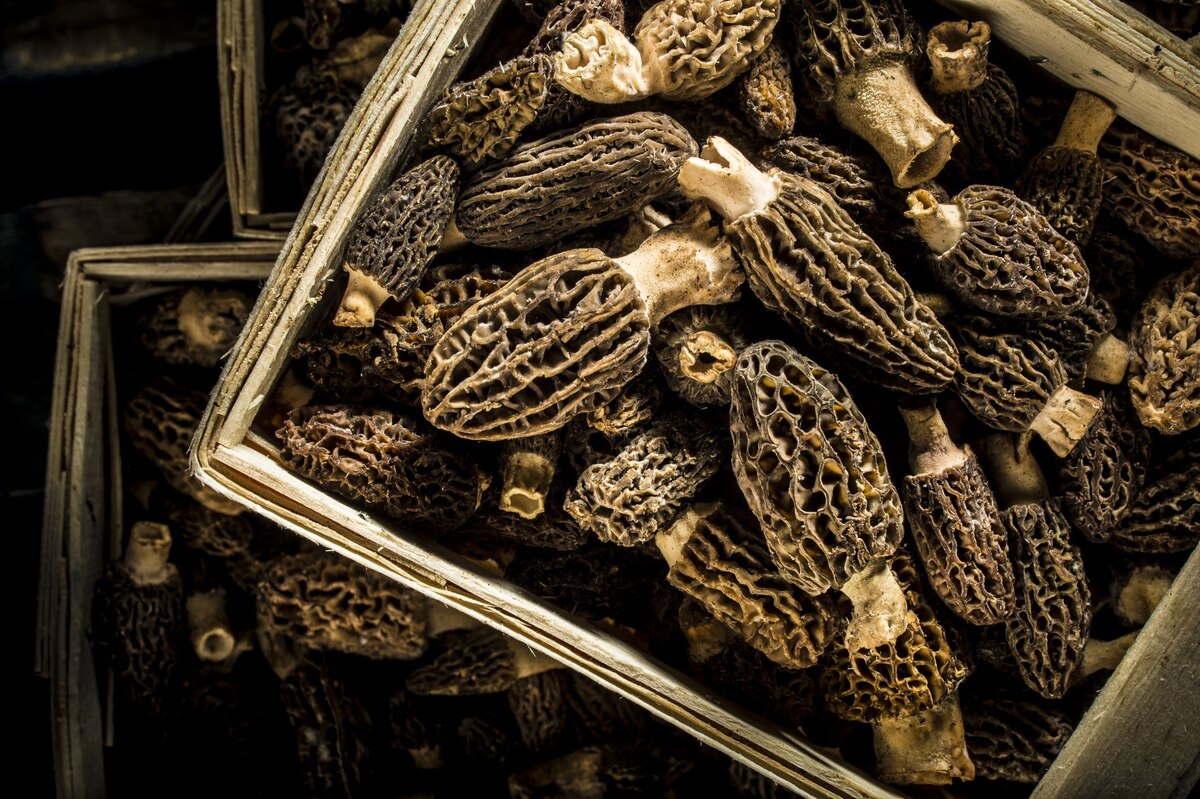
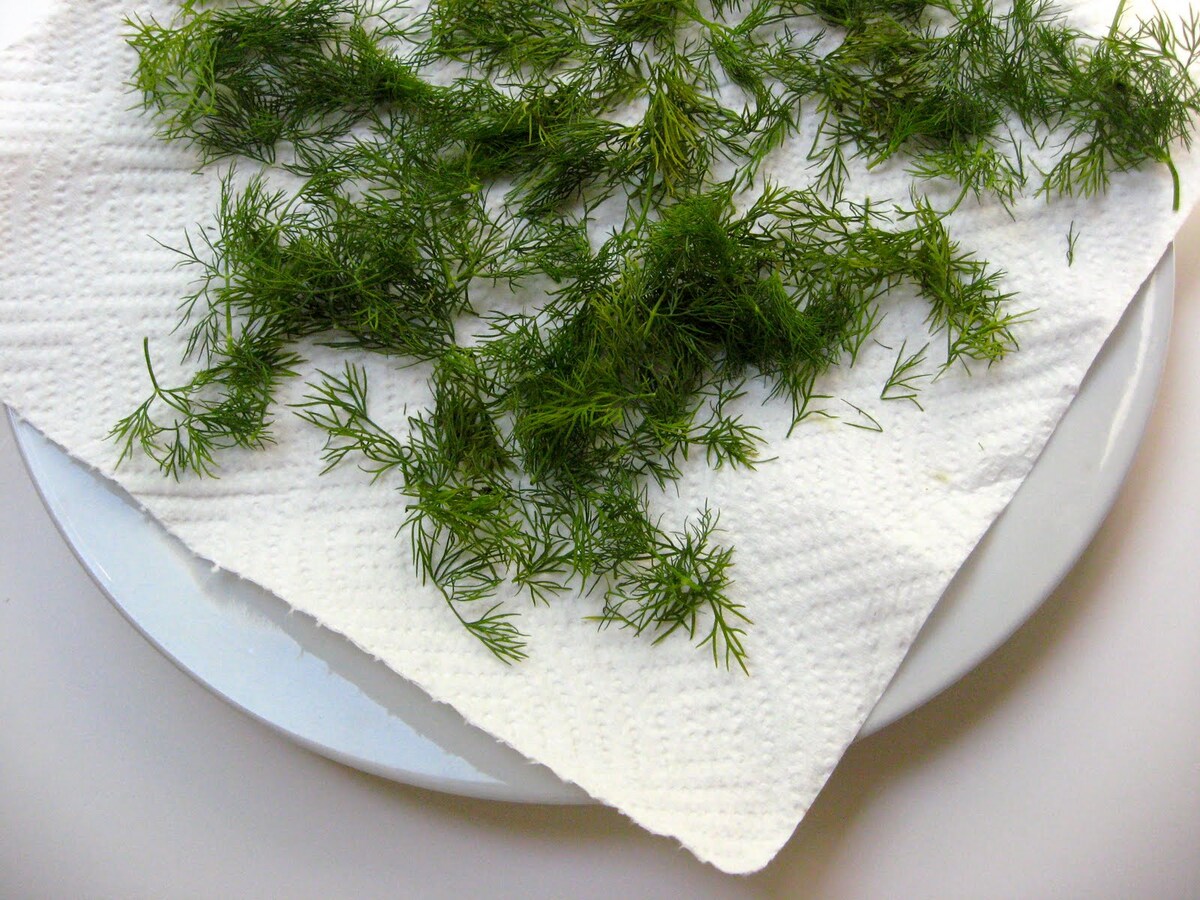
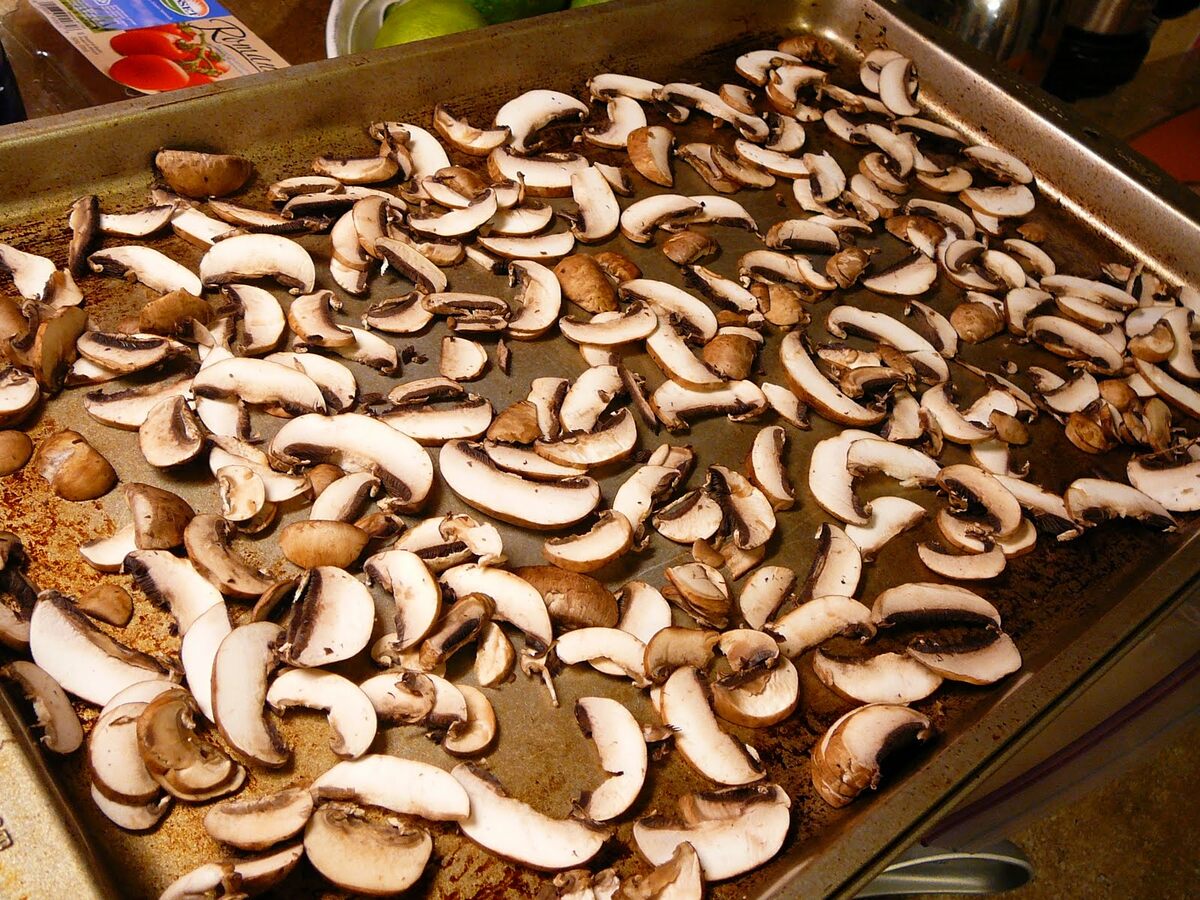
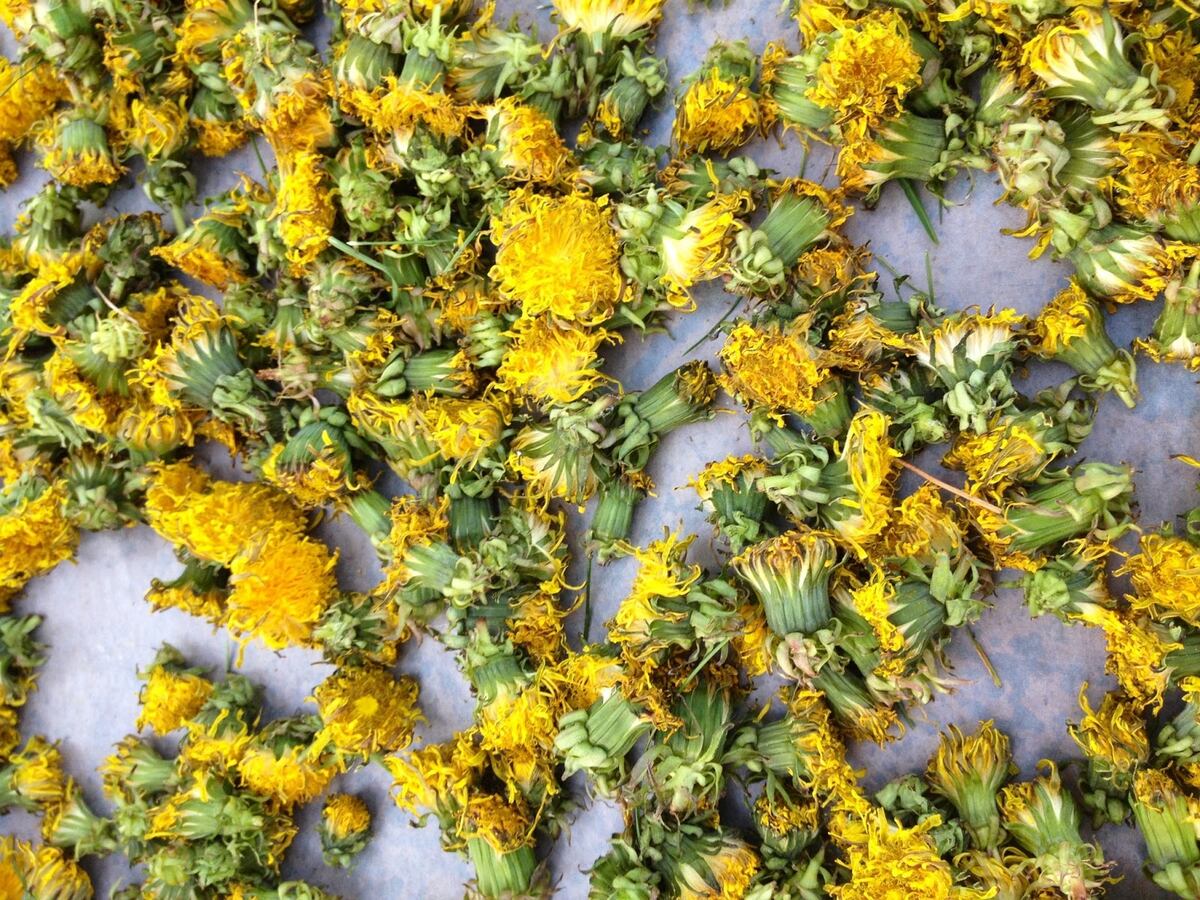
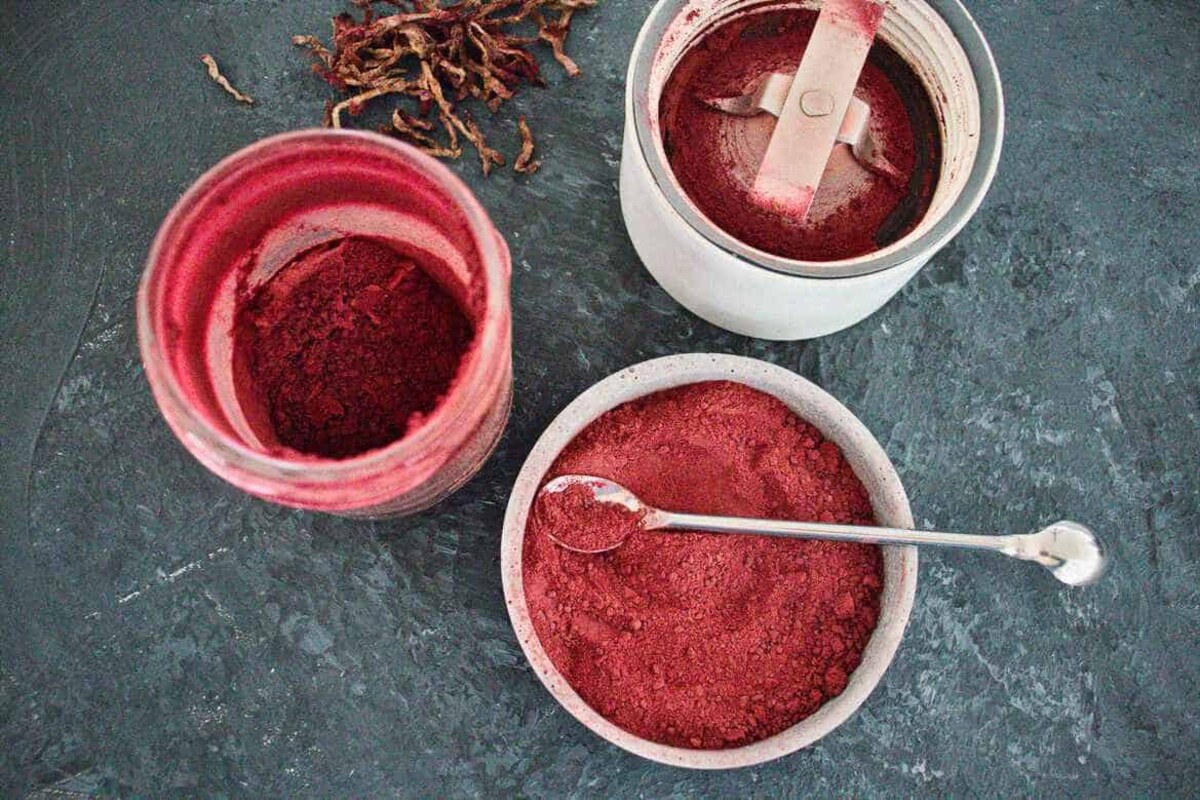
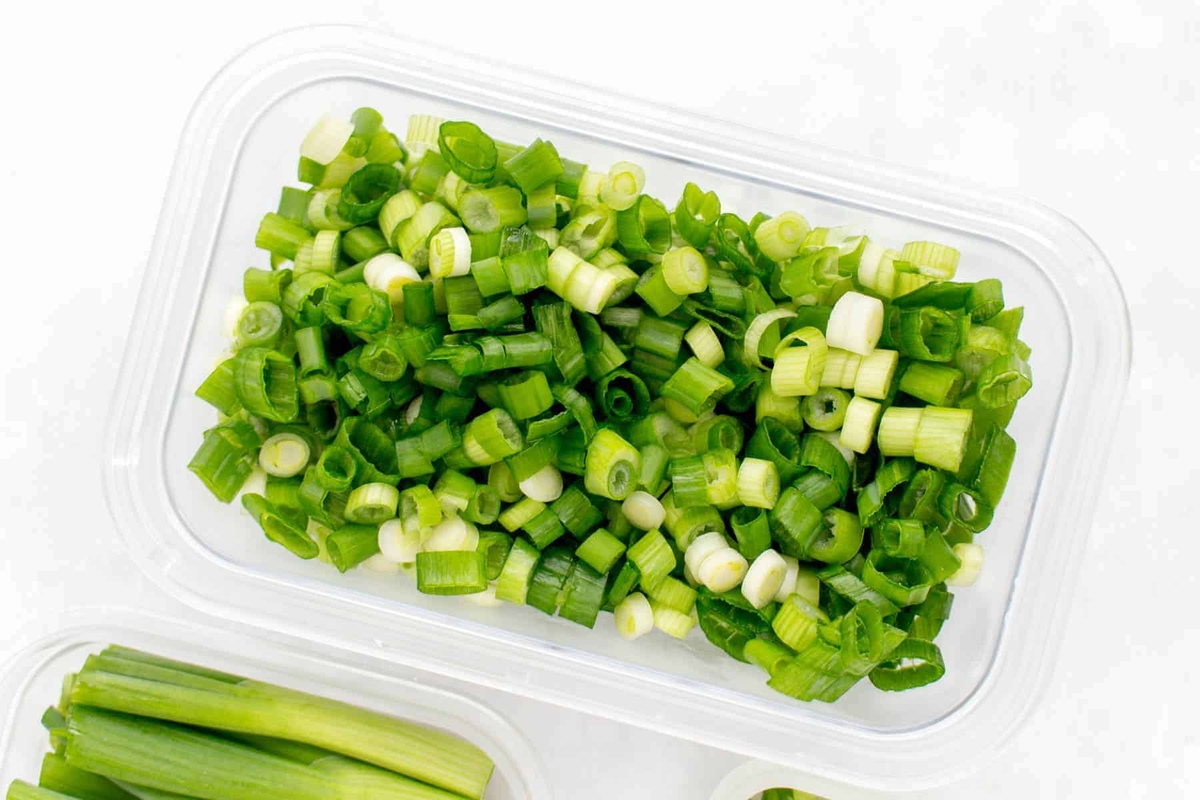

0 thoughts on “How To Dehydrate Peppers Without A Dehydrator”